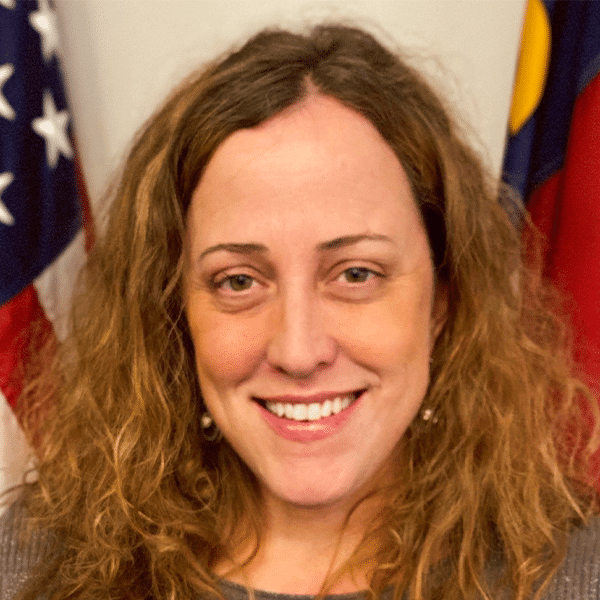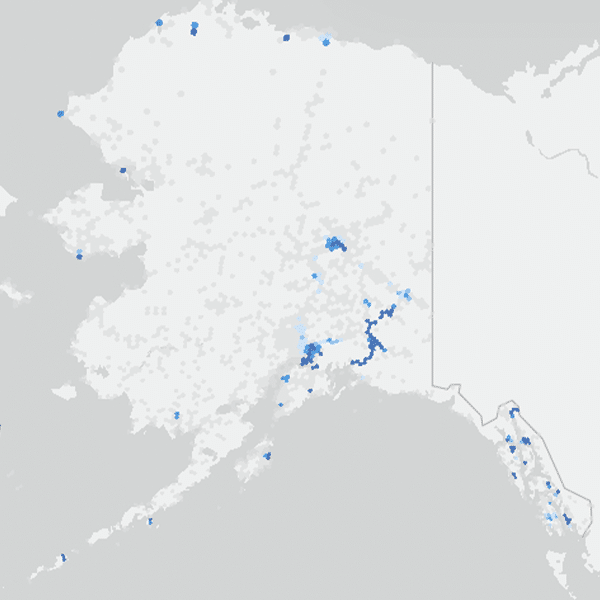 Now that the nation’s largest price cap telecom carriers have announced their decisions on broadband Connect America Phase II funding, a portion of locations targeted in the program will be teed up for a reverse auction expected to occur in 2016. Carriers had until last Thursday to indicate, on a state-by-state basis, whether or not they planned to accept funding to cover some of the costs of bringing broadband connectivity to locations in their local service territories that cannot get broadband today.
Now that the nation’s largest price cap telecom carriers have announced their decisions on broadband Connect America Phase II funding, a portion of locations targeted in the program will be teed up for a reverse auction expected to occur in 2016. Carriers had until last Thursday to indicate, on a state-by-state basis, whether or not they planned to accept funding to cover some of the costs of bringing broadband connectivity to locations in their local service territories that cannot get broadband today.
While most carriers accepted funding for most states, about 10% of funding remains unclaimed. The FCC plans to award that funding through a reverse auction that will be open to the incumbents and to competitors, with funding going to the company that offers to deliver broadband for the lowest level of support.
According to information provided by the carriers and by the FCC, locations that will be the focus of the reverse auction are in the following carriers’ local service territories in the following states:
| CARRIER | STATES |
| AT&T | Missouri, Nevada, Oklahoma |
| CenturyLink | California, Mississippi, Oklahoma, Wyoming |
| FairPoint | Colorado, Kansas |
| Verizon | Delaware; Florida; Maryland; Massachusetts; New Jersey; New York; North Carolina; Pennsylvania; Rhode Island; Virginia; Washington, D.C. |
| Windstream | New Mexico |
CAF Reverse Auction Plans
Companies winning funding in the reverse auction are expected to request a lower level of funding than what was offered to the incumbent carriers, noted Doug Jarrett, a partner in law firm Keller and Heckman LLP, in a recent article in Broadband Communities Magazine. That could be a realistic assumption based on what happened with the rural broadband experiment program that the FCC conducted in unserved areas of price cap territories. In that program, a wide range of companies offered to provide broadband at a lower level of funding than the FCC model calculated.
In the reverse auction, carriers will not have to bid to provide service throughout an entire state. Instead they will be able to bid on smaller geographic areas. According to Jarrett’s article, the bidding unit will likely be on either a census block or census tract basis.
That raises the possibility that some areas targeted in the Connect America Fund Phase II program but rejected by the incumbent might not find a bidder willing to offer service at the target level of support. According to an FCC order adopted in December, those areas will be covered through a remote area fund. Details of that fund have not yet been resolved, but likely would involve serving those areas with either satellite broadband or broadband wireless.
As Jarrett explained on a follow-up phone call with me yesterday, any carrier winning CAF funding through the reverse auction will be required to offer voice as well as broadband service. That means that if the incumbent is not the winner in the reverse auction, it could essentially find itself out of business in auctioned territories.
Of course not every current customer may want to switch to the auction winner for broadband and/or voice service. But if all the incumbent has left is a dwindling voice business, it may want to formally pull out of the area – and as Jarrett pointed out on our phone call, the December 2014 FCC order gives incumbents that option.
As Telecompetitor noted in a recent blog post, that means we could see some new carriers of last resort as a result of the reverse auction. As Jarrett noted in his Broadband Communities article, the FCC’s decision to reclassify broadband earlier this year means that auction winners will be subject to the “federal and state regulations, filing requirements, FCC fees and contribution obligations… applicable to telecommunications carriers.”
Image courtesy of flickr user David Antis.


